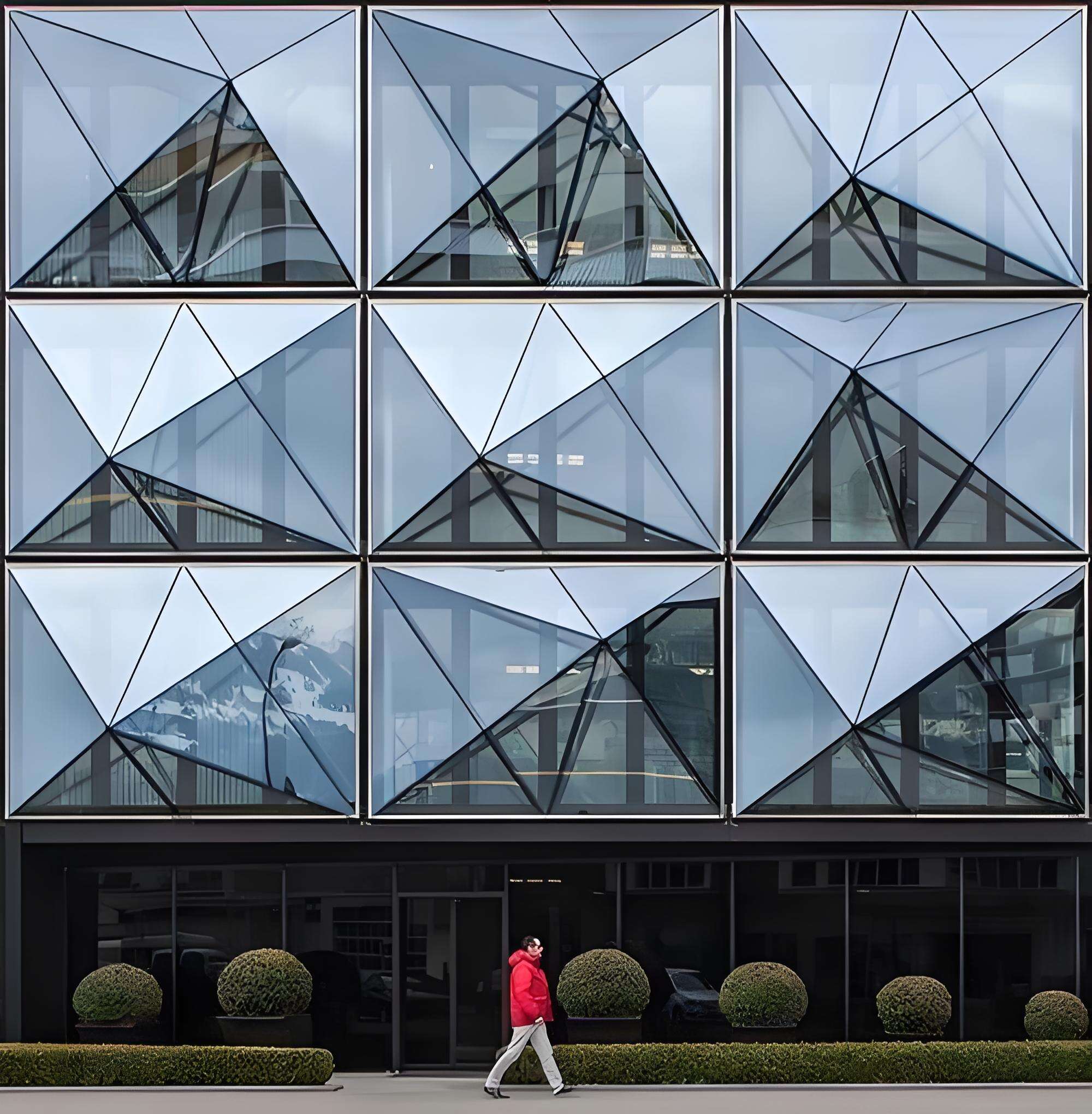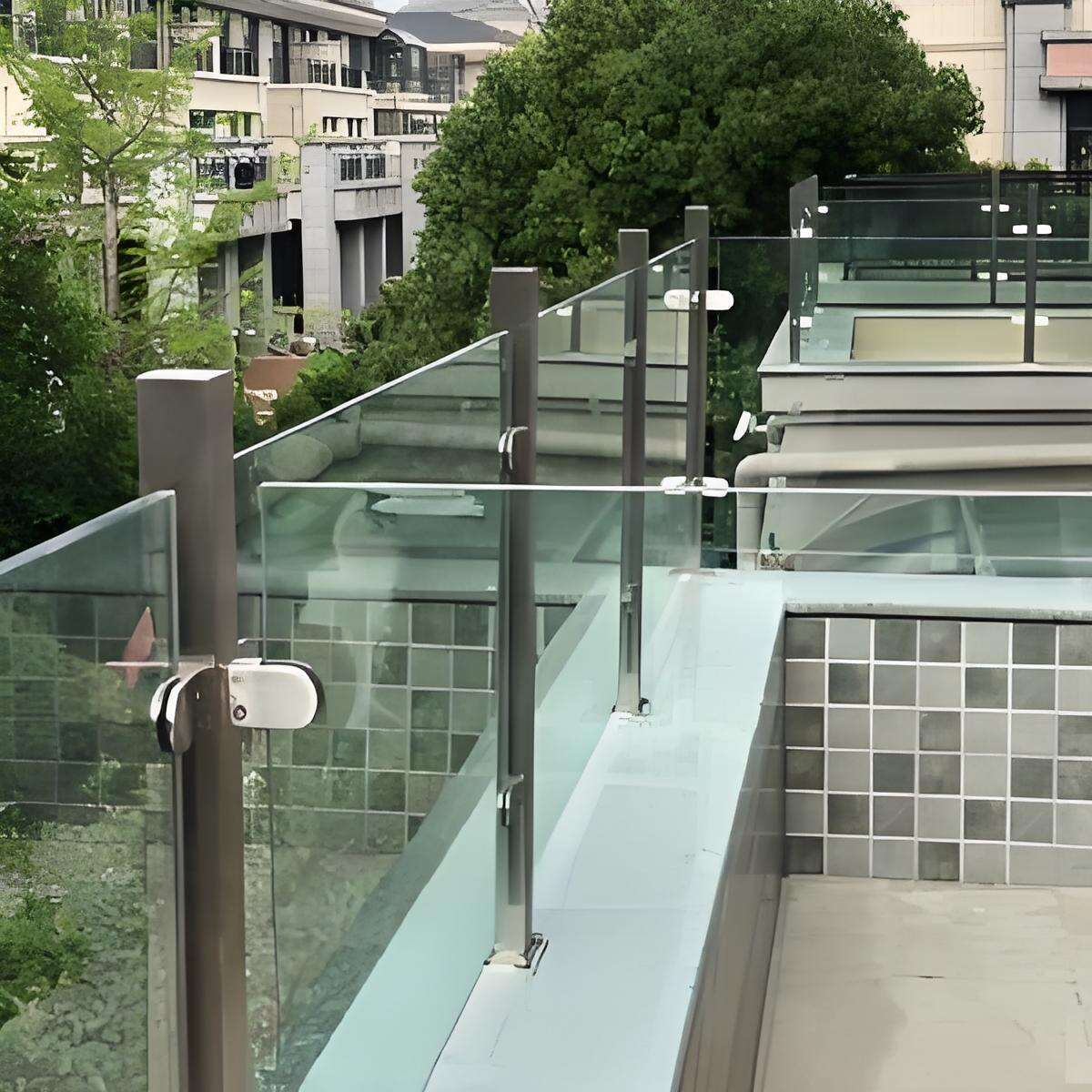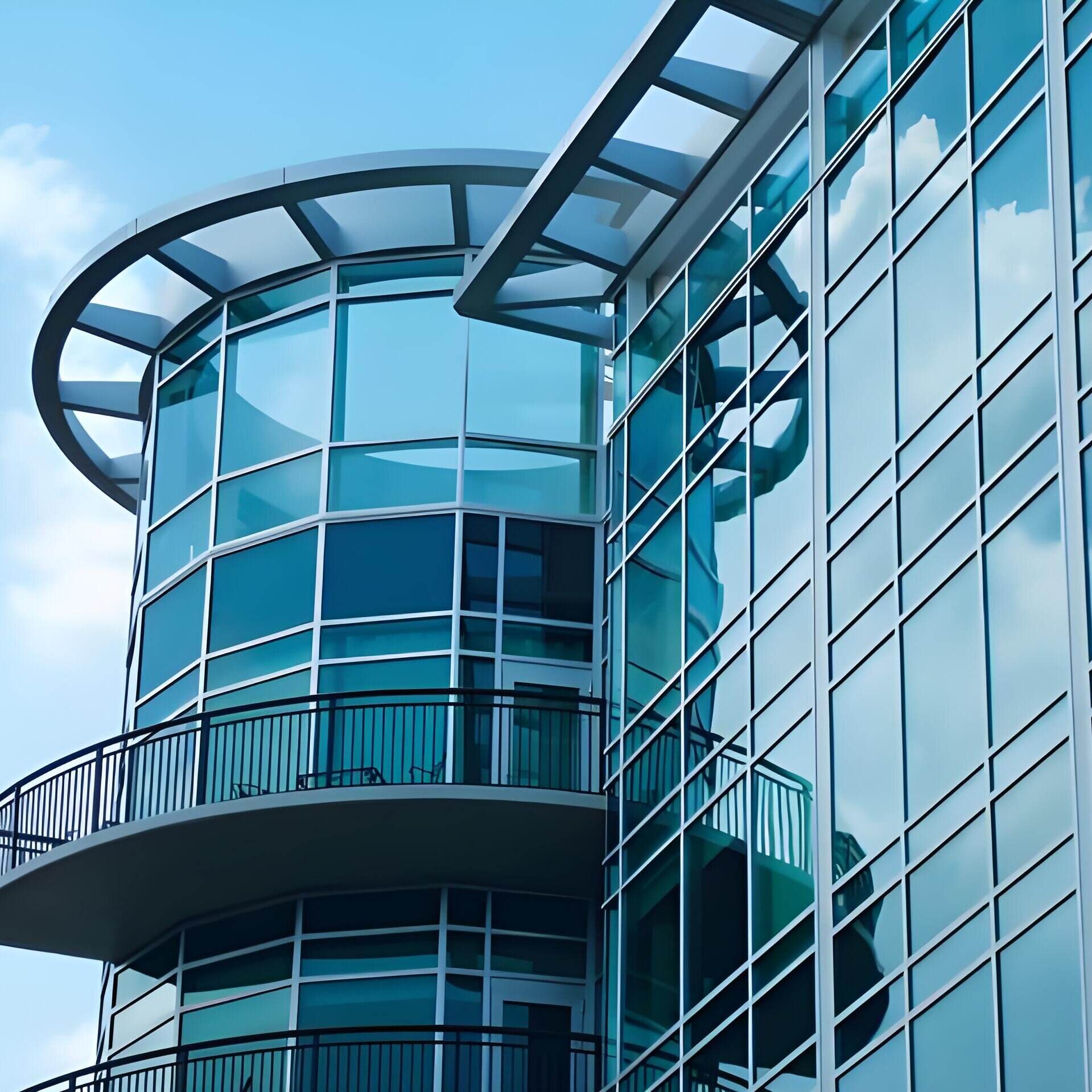architectural glassworks
Architectural glassworks represent a sophisticated fusion of form and function in modern construction, offering innovative solutions for building aesthetics and performance. These specialized glass products are engineered to meet diverse architectural requirements, from energy efficiency to structural integrity. The technology incorporates advanced manufacturing processes, including tempering, laminating, and coating applications, resulting in glass that can withstand various environmental conditions while maintaining optimal visual clarity. Modern architectural glass features multiple layers of functionality, including thermal insulation, solar control, and acoustic dampening properties. These systems are designed to integrate seamlessly with building automation systems, offering dynamic solutions for daylighting and energy management. The versatility of architectural glass allows for creative design expressions while meeting stringent building codes and safety standards. Applications range from expansive curtain walls and skylights to interior partitions and decorative elements. The manufacturing process ensures precise specifications for each project, with quality control measures that guarantee consistency and durability. Advanced coating technologies enable customization of light transmission, solar heat gain, and thermal performance, making architectural glass an essential component in sustainable building design.


